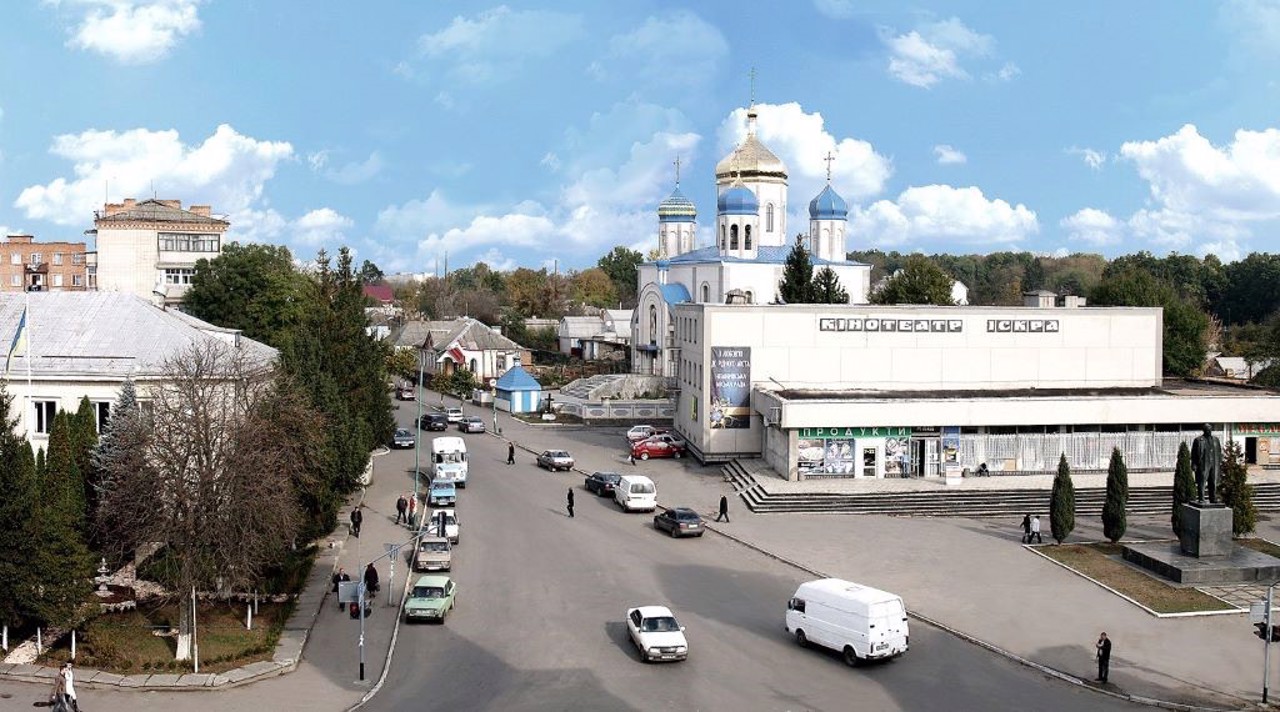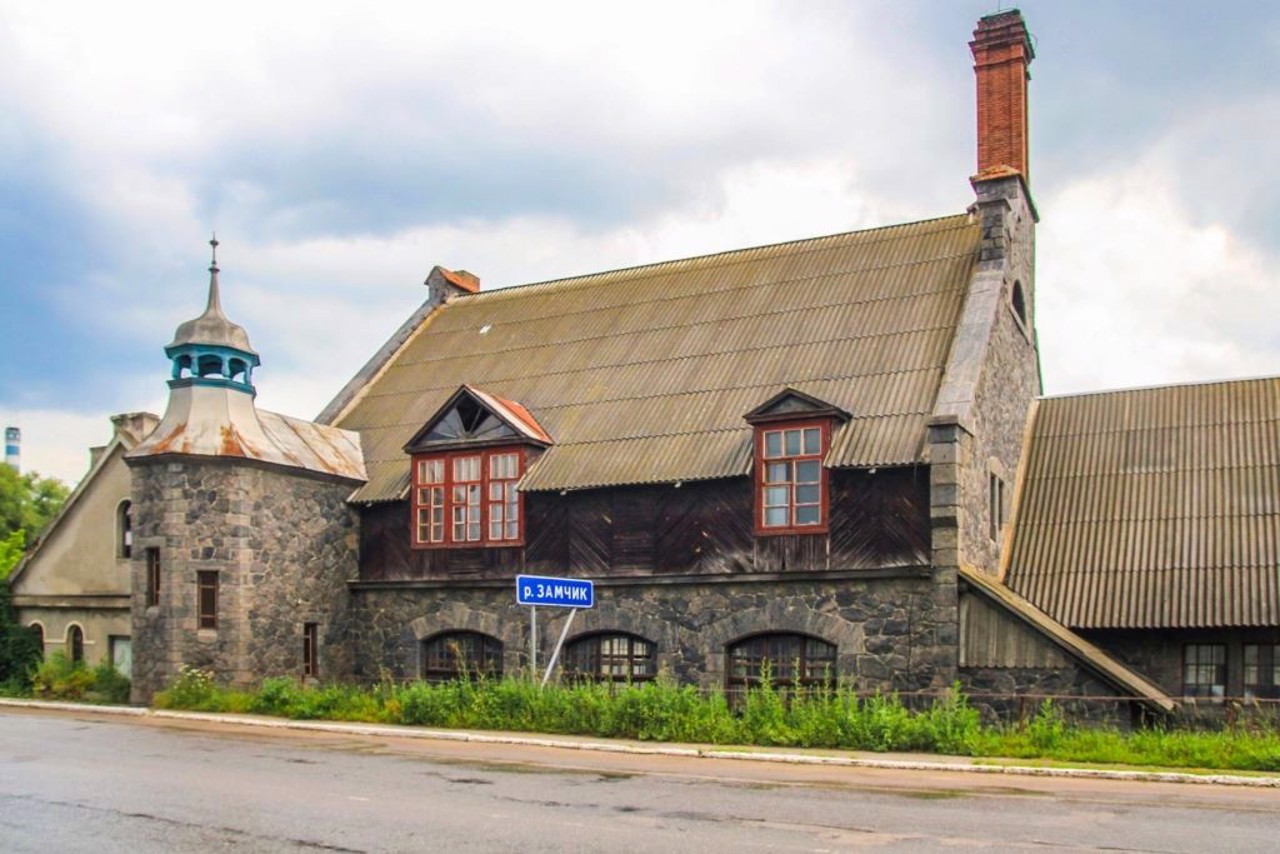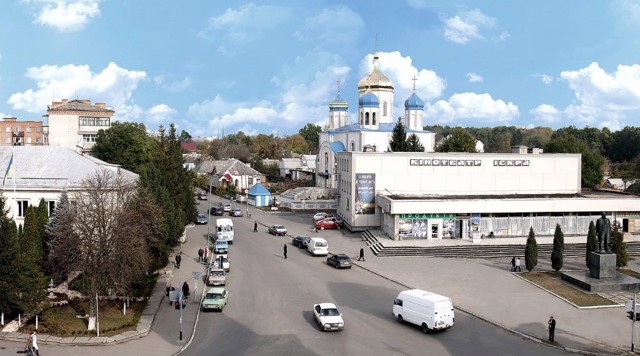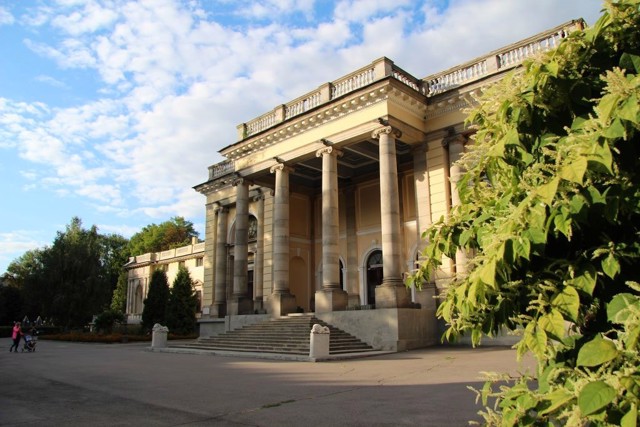Functional temporarily unavailable
General information about Nemyriv
Nemyriv is a city on the Vinnytsia-Kropivnytskyi highway, 40 kilometers southeast of Vinnytsia.
The first settlement on the Ustya River dates back to the Trypilian and Scythian times (near the Ozero village, the "Scythian Walls" settlement has been preserved). In the pre-Mongol period, the city of Myriv was probably located there, which after the invasion of Batyi was moved to the present place, where the Myrka River flows into Ustya (Zamchyk), and renamed Nemyriv. According to another version, the name comes from the surname of the first owner - Nemyri.
The city of Nemyriv was first mentioned in 1506. Belonged to Lithuan ...
Nemyriv is a city on the Vinnytsia-Kropivnytskyi highway, 40 kilometers southeast of Vinnytsia.
The first settlement on the Ustya River dates back to the Trypilian and Scythian times (near the Ozero village, the "Scythian Walls" settlement has been preserved). In the pre-Mongol period, the city of Myriv was probably located there, which after the invasion of Batyi was moved to the present place, where the Myrka River flows into Ustya (Zamchyk), and renamed Nemyriv. According to another version, the name comes from the surname of the first owner - Nemyri.
The city of Nemyriv was first mentioned in 1506. Belonged to Lithuania, Poland, Turkey. In 1677-1679, Nemyriv was the capital of Hetman Yury Khmelnytsky under the protectorate of the Ottoman Empire. In the 18th century, Polish magnates Potocki built a castle in which negotiations on ending the Russo-Turkish war took place. In 1847, at the invitation of Count Boleslav Pototsky, the outstanding Hungarian composer and pianist Ferenc Liszt, who was touring the Russian Empire at that time, gave a concert in Nemyriv.
To this day, the town is famous for the park and palace of the heiress of the Potocki family - Princess Maria Shcherbatova. Also worthy of attention is the complex of the Nemyriv gymnasium and the water mill of the 19th century. There is a literary and memorial museum of Mykola Nekrasov, who was born here.
The city is known for the worldwide popular Ukrainian vodka brand "Nemiroff", which is produced at a local enterprise. Its raw materials are provided by the Nemyriv distillery, opened in 1782 by Count Hrigory Strohanov, the father of Princess Shcherbatova.
Немирів - місто на трасі Вінниця-Кропивницький, в 40 кілометрах на південний схід від Вінниці.
Перше поселення на річці Устя відноситься до трипільських і скіфським часів (біля села Озеро збереглося городище "Скіфські вали"). У домонгольський період, імовірно, там же розташовувалося місто Мирів, яке після навали Батия було перенесене на нинішнє місце, де в Устя (Замчик) впадає річка Мирка, та перейменоване на Немирів. За іншою версією, назва походить від прізвища першого власника - Немирі.
Вперше місто Немирів згадується в 1506 році. Належало Литві, Польщі, Туреччині. В 1677-1679 роках Немирів був столицею гетьмана Юрія Х ...
Немирів - місто на трасі Вінниця-Кропивницький, в 40 кілометрах на південний схід від Вінниці.
Перше поселення на річці Устя відноситься до трипільських і скіфським часів (біля села Озеро збереглося городище "Скіфські вали"). У домонгольський період, імовірно, там же розташовувалося місто Мирів, яке після навали Батия було перенесене на нинішнє місце, де в Устя (Замчик) впадає річка Мирка, та перейменоване на Немирів. За іншою версією, назва походить від прізвища першого власника - Немирі.
Вперше місто Немирів згадується в 1506 році. Належало Литві, Польщі, Туреччині. В 1677-1679 роках Немирів був столицею гетьмана Юрія Хмельницького під протекторатом Оттоманської імперії. В XVIII столітті польські магнати Потоцькі побудували замок, в якому йшли переговори про припинення російсько-турецької війни. У 1847 році на запрошення графа Болеслава Потоцького в Немирові дав концерт видатний угорський композитор та піаніст Ференц Ліст, який гастролював в цей час Російською імперією.
До сих пір містечко славиться парком і палацом спадкоємиці Потоцьких - княгині Марії Щербатової. Також заслуговує на увагу комплекс Немирівської гімназії і водяний млин XIX століття. Діє літературно-меморіальний музей Миколи Некрасова, який тут народився.
Місто відоме завдяки популярній в усьому світі українській горілці торгової марки "Nemiroff", яка виробляється на місцевому підприємстві. Сировиною його забезпечує Немирівський спиртзавод, відкритий в 1782 році графом Григорієм Строгановим, батьком княгині Щербатової.
Сплануй своє перебування у Nemyriv
What to see and where to go in Nemyriv
Tourist attractions and museums of Nemyriv
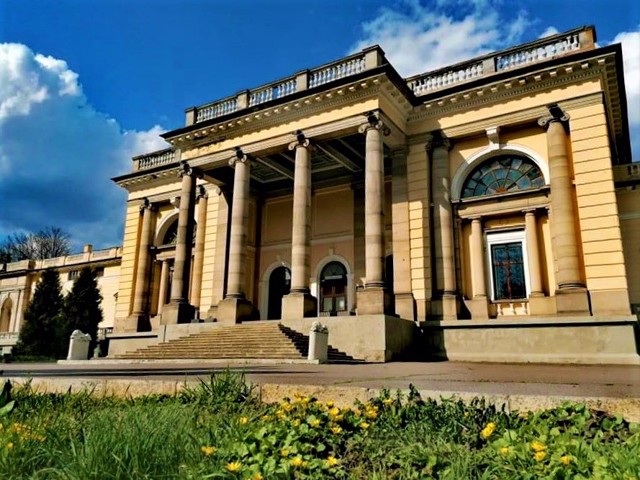
Princess Mariya Shcherbatova Palace
Palace / manor , Architecture
The palace of Princess Mariya Shcherbatova in Nemyriv was built in the 19th and 20th centuries on the site of a medieval castle and a later estate of the Potocki magnates.
Princess Shcherbatova inherited the Nemyriv estate from her grandfather, Count Boleslav Potocki. On her order, the Czech architect Yirzhi Stibral, with the participation of Henrikh Hryunder and Emanu el Kramarzh, built a two-story palace in the neoclassical style.
Around the palace, the Belgian park builder Van Heert laid out a large park with an area of 85 hectares, which now includes more than 160 species of trees and shrubs: oak, common, black and Weymouth pine, red beech, white acacia, common and blue spruce, hornbeam, fir tree, ginkgo, sycamore and others.
The park facade of the palace is guarded by two sculptures of sleeping lions. Only a square water tower in the medieval style remained from the old manor buildings.
During the First World War, Princess Shcherbatova set up an infirmary in the palace, where she herself worked as a sister of mercy. She died during the Soviet-Ukrainian war from an accidental shot by a Red Army marauder.
Now the palace is home to the "Avangard" sanatorium, but visitors can freely admire the well-preserved interiors. The walls are decorated with paintings by Ukrainian masters from the collection of the former hostess. In the main hall, a portrait of the princess herself hangs in a place of honor.
Recently, a small museum of the history of the palace and the Shcherbatova-Strohanov family was opened in the premises of the palace. Three museum rooms contain an authentic collection of household items from the period of Princess Mariya Shcherbatova and paintings.
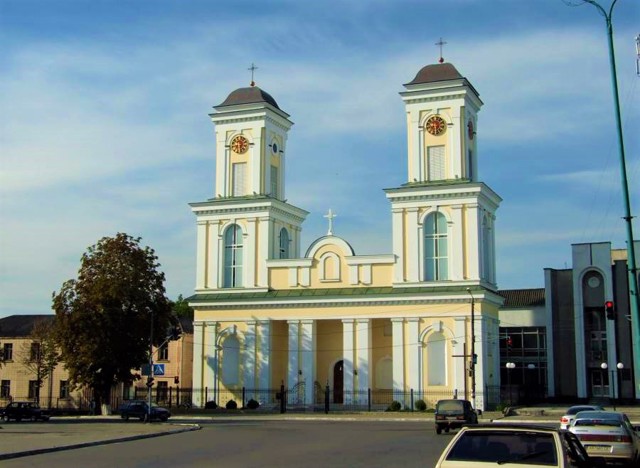
Saint Joseph the Betrothed Church
Temple , Architecture
The parish church of Saint Joseph the Betrothed was founded in Nemyriv in the 18th century.
In 1805, after the wooden temple burned down, the church was rebuilt in stone at the expense of Count Stanislav Potoski. Its two huge symmetrical towers on the facade dominated the urban development.
During Soviet times, the temple was closed and rebuilt as a cultural center with a hall for ceremonial events, completely losing its original appearance.
In 1995, the Church of Saint Joseph was returned to the Roman Catholic community of Nemyriv. After reconstruction in 1999, it was consecrated again.
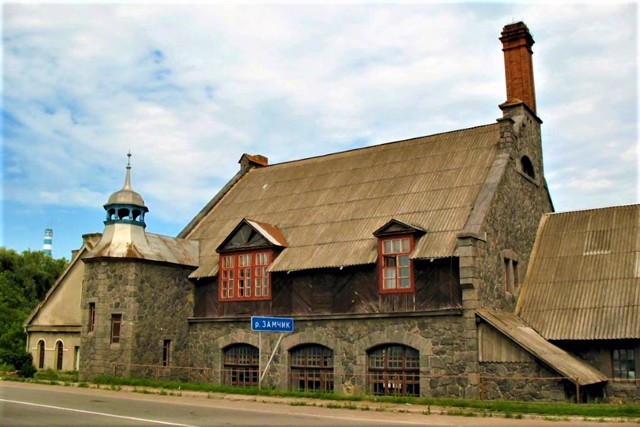
Bratslavsky Mill
Architecture
The Bratslavsky mill in Nemyriv is considered one of the first power plants in Ukraine. It is located along the highway in the Bratslav direction, which is where the name comes from.
The first water mill near the dam above the pond on the banks of the Ustya River (Zamchyk) has been operating in Nemyriv since 1862. Together with him, Count Hryhoriy Strohanov opened a sugar factory (later a distillery) in 1872. At the beginning of the 20th century, Czech architect Jiri Stibral, who worked in Nemyriv at the invitation of Princess Shcherbatova, Strohanov's daughter, developed a diesel power plant project.
The building is made in the forms of modernized Central European Baroque under the influence of English industrial architecture of the Victorian era. Until recently, the power plant remained operational. Remarkable rubble stone masonry under the seams with bricks, characteristic of Podillya architecture of the end of the 19th - beginning of the 20th century.
Currently, the Bratslavsky mill is part of the Nemyriv distillery complex, and is not used for its intended purpose. Reconstruction and creation of a hotel and restaurant complex is planned.
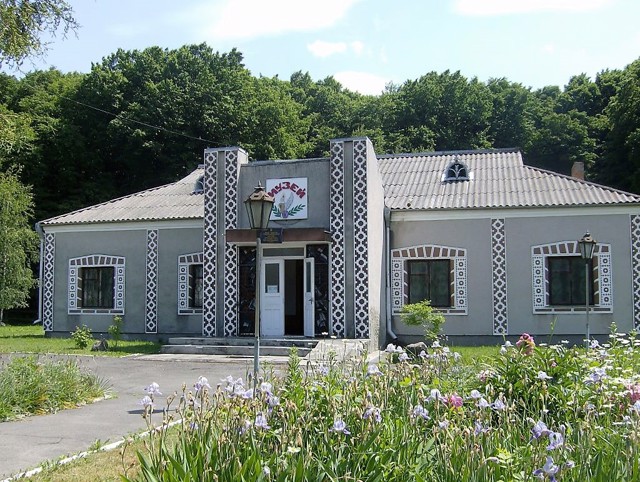
History and Ethnography of Nemyriv region Museum
Museum / gallery
The Museum of History and Ethnography of the Nemyriv Region was opened in 1991. Since then, the exposition has been constantly increasing and now has more than 1,000 storage units.
Nemyriv hospitably received great state and political figures, as well as gifted, highly talented writers and scientists. So, in 1821, the poet Mykola Nekrasov was born here in the family of an officer. The famous Ukrainian writer Marko Vovchok also lived and worked here. The main exposition of the museum is dedicated to their work.
The Museum of History and Ethnography of the Nemyriv region is located on the northeastern outskirts of Nemyriv.

Holy Trinity Monastery
Temple , Architecture
The Nemyriv Holy Trinity (Saint Nicholas) stauropygny nunnery was founded in 1720 at the expense of Kyiv voivode Yuzef Potoski.
Initially, the monastery was male, but in 1783 it was reconstructed by Vintsent Potocki and became female. The monastery reached its greatest development under the abbess Apollinaria (1845-1903), who launched large-scale construction. The Assumption and Saint Nicholas Churches were reconstructed, a new Holy Trinity Church and two bell towers were built, brick cells, a dormitory, a refectory, a priest's house, and a hotel were built. A school was opened at the Nemyriv monastery, and in 1860 a diocesan school for girls was founded, which in 1902 was transformed into a two-class teacher's school.
During the Soviet era, the monastery was closed, the Church of the Assumption was dismantled, a machine-tractor station, a car company and an orphanage were placed in other premises.
In 1996, the Holy Trinity Monastery was restored, a boarding school for children with mental retardation is still located on the territory of the diocesan school.
Nemyriv on photo and video
Reviews Nemyriv
Geographical information about Nemyriv
| {{itemKey}} | {{itemValue}} |
|---|---|
| Region |
Vinnytsia |
